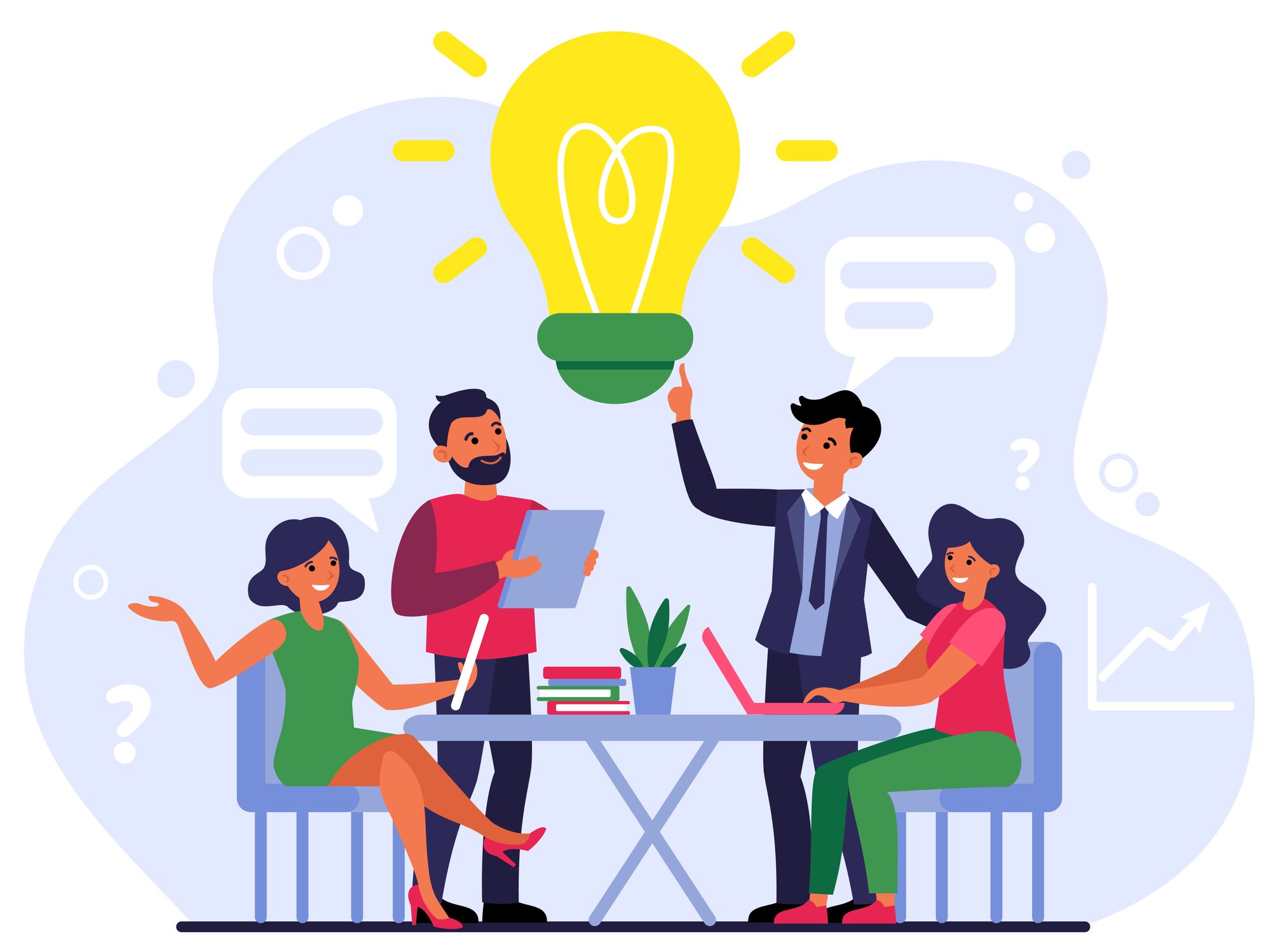In our last article we discussed the growing need of microlearning in enhancing sales effectiveness. As you can see, focusing on content can be hugely beneficial to enhance sales productivity. But does microlearning only require expertise in learning content or instructional design? Fortunately, or unfortunately, no. While the content should be the starting point, by no means does that mean you cannot leverage other inherent strengths of your organisation to deliver a truly effective digital learning experience? Based on our work with sales organisations in banking, insurance, medical device & pharma, telecommunications, and retail industries, we’ve observed that beyond contextualized learning content, numerous disciplines can work wonders to elevate the learning experience and ensure better results.
· Behavioural Psychology: It’s a well-known fact that as humans we are wired to accomplish easy tasks and procrastinate on harder tasks, such as learning or improving our skills. But by breaking content into shorter chunks, we reduce the “perceived difficulty level” associated with experiencing the learning content. Furthermore, by building tiny habits of everyday learning for 2 to 3 minutes, the probability of continuous learning increases. Another important aspect of psychology in learning that can be leveraged is to promote “new” content on an ongoing basis to further encourage the sales rep to stay tuned and continue to learn. Newness in learning ensures better engagement and psychologically allows the sales rep to constantly be interested to learn more. Furthermore, the Cognitive Load Theory introduced by John Sweller describes why people find it difficult to learn a complex context. This theory explains why it’s important to break down content into manageable chunks which would allow the brain to convert short-term memory into long-term memory thereby guiding application. Therefore, by using some behaviour psychology principles in your microlearning content, you can engage your learners and enhance their sales productivity.
· Game Design: While salespeople and learners, in general, believe they do not have enough time to learn, they will more likely make time to indulge in casual gaming, especially if it helps them to “switch off” from work. Here is where the concept of building a gaming experience can add magic to the learning experience. By creating an engaging story, building levels of difficulty, and including game mechanics such as points, leader board, and badges, the learning experience gets intertwined and inseparable with the gaming experience allowing salespeople to believe they are switching off (gaming) while improving skills relevant to their role (learning). Gamification of learning is done not only to assess the amount of learning that has taken place. It’s a critical part of learning itself. Testing the sales reps on their learning is an effective way of enhancing long-term memory by enabling retrieval.

A great example of where Game Design and Behavioural Psychology can intersect is by building healthy competition. Sales reps are fundamentally more likely to improve their results if they believe they are lagging behind their peers. This competitive drive is already a part of any sales organisation in the form of incentives, rewards, and recognition. The problem which most sales leaders do not realize is all these motivators are only applicable after the salesforce achieves the results or the lag measures. But what about rewarding for lead indicators? Here’s where sales training should help and how game-based microlearning for sales effectiveness can work effectively if blended with game design and psychology.
Using game-based-microlearning to implement betas with data: Digital transformation is all about implementing betas, measuring, calibrating, and relaunching. Digital learning or microlearning should follow the same approach. By reducing time to launch, time to measure, and time to recalibrate, sales leaders can continuously improve the learning effectiveness of their sales force, personalize their learning experience, and thereby enable front line teams to enhance sales productivity. By analysing the learning data, sales leaders can be equipped to identify the skills and competencies that the sales reps are developing or struggling to develop. Data can be used to make the learning journey of sales reps adaptive based on their learning curve or ramp-up time and performance on the job. For sales leaders, these data points can also help in forecasting important business decisions about team restructuring, upskilling, salesforce planning, et al.

Read our blog Upskill Your Frontline Sales Team To Level Up Sales Enablement In 2020 to learn how one of our clients used Master-O to identify the learning gaps of their salesforce and used it to create refresher modules to improve their performance.
As you can see, all three ways of improving sales effectiveness using digital learning are interlinked in that:
1. Learning content is important to tag to get better accuracy from a data science perspective
2. Data science itself is an important discipline to leverage as part of a multidisciplinary approach to digital learning
3. Shrinking learning content is not possible without ensuring shorter gaming experiences
4. By leveraging the game design and increasing learning addiction, you also generate more data which increases the accuracy of the analysis
This brings home an important point on which to conclude. Improving sales effectiveness using gamification and game-based microlearning is not a problem for the L&D or HR team alone. By leveraging the combined experience of the marketing, product and sales teams, a richer and more robust solution is likely to generate better and more sustainable results, which by default will also have an organisation-wide alignment.
Looking for an effective microlearning & sales enablement tool for your salesforce? Write to us at hello@masteroapp.com or schedule a demo to learn how Master-O can upskill your field force to enhance selling skill capabilities, and much more.
